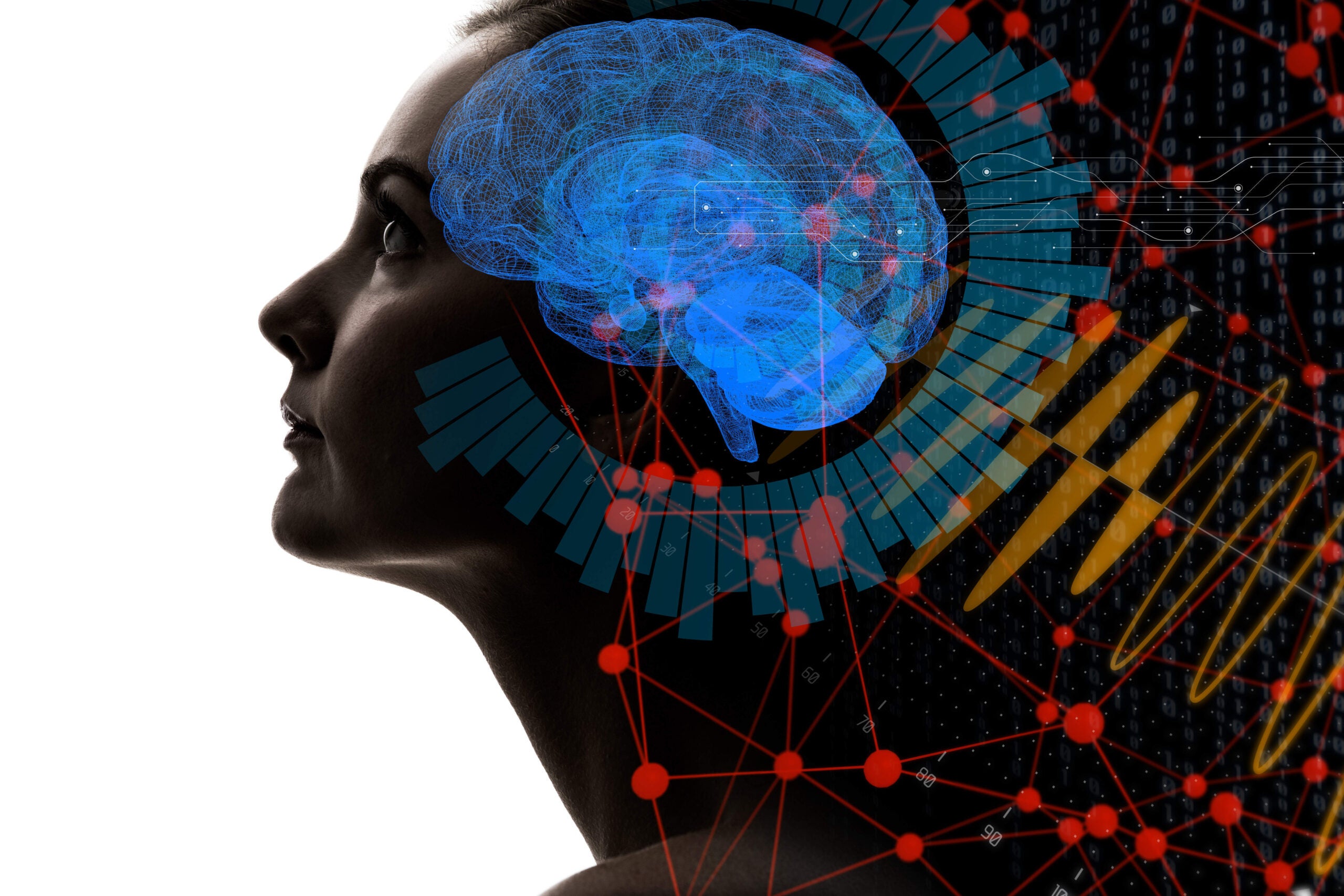The early and accurate diagnosis of autism spectrum disorder (ASD) in children is crucial. However, with ASD being behaviour-based as opposed to biologically defined, early diagnosis can be challenging.
The current average age of diagnosis is approximately two years or older.
Many studies have been conducted in an attempt to identify any initial biomarkers of the condition.
Standard diagnostic methods include the use of the Autism Diagnostic Observation Schedule (ADOS); a semi-structured assessment between the examiner and the child, inspecting videotapes for recorded behavioral features, as well as utilising parental reports. However, the last couple of years have shown significant technological advancements in ASD diagnosis.
Electroencephalography (EEG) is a widely used technique for investigating brain activity and functions. Researchers from the Boston Children’s Hospital have applied the technique to ASD diagnosis, reporting that they were successfully able to predict the onset of autism in children.
Autism prediction with machine learning
EEG measurements were taken from 188 children, 99 of which were considered high risk for ASD because their siblings were previously diagnosed with the disorder.
The children were monitored over the course of at least two different visits between the ages of three to 36 months.

US Tariffs are shifting - will you react or anticipate?
Don’t let policy changes catch you off guard. Stay proactive with real-time data and expert analysis.
By GlobalDataThese measurements were then analysed using machine learning algorithms, and results were compared with those obtained from ADOS.
Results showed a 95% accuracy in matching the ADOS findings, demonstrating that ASD can be predicted as early as three months.
This has been the only prominent study showing a direct correlation between behavioral observations associated with ASD and EEG recordings. Other EEG-based experiments have looked into the neurological contributions that manifest with ASD, such as epilepsy.
Overall, an early ASD diagnosis can have a major impact on a child’s future development.
Taking EEG measurements is therefore a promising technology that can be used to achieve this goal. Furthermore, the application of technology in ASD diagnosis is also expanding, with recent deep learning algorithms spotting the signs of autism in children one year before they are diagnosed.








